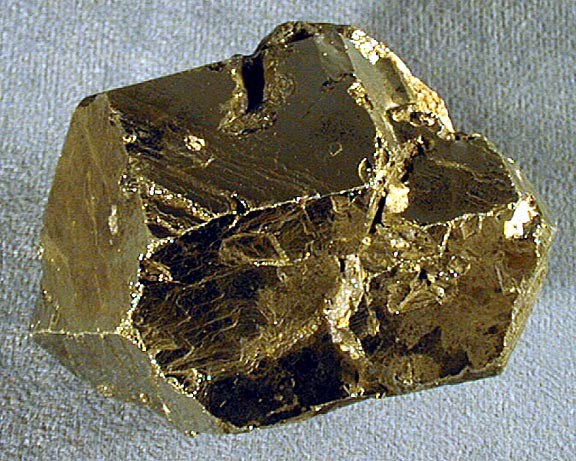No Such Thing as Carbon Steel Without Manganese
Manganese ties up sulfur before it can chemically combine with iron to form iron pyrite.

More than fools gold, iron pyrite can prevent steel from being hot worked by inducing "hot shortness."
Manganese ties up sulfur before it can chemically combine with iron to form iron pyrite. Iron pyrite occurs at grain boundaries and leads to hot shortness (brittle behavior) at rolling temperatures.
Several people found PMPAspeakingofprecision.com blog with the search term “Carbon Steel Without Manganese.” So we’ll take this opportunity to address this. We have already written “5 Facts about Manganese in Steel,” which explains the contributions of manganese to a steel’s properties. But let’s answer the question, “Is there a carbon steel without manganese?” The answer is no, and primary reason is because of iron pyrite.
There are always small amounts of sulfur in steel, and sulfur combines with the iron in the steel to form iron pyrite. Iron pyrite is also known as iron sulfide, though a more descriptive name might be iron persulfide.
Regardless, the iron pyrite material is formed as sulfur in the melt reacts with iron, segregates at grain boundaries and causes intergranular brittleness at rolling temperatures. This causes it to break, rather than behave in a ductile fashion and reduce under the pressure of the rolls.
By adding manganese to the melt, manganese preferentially ties up the available sulfur, forming manganese sulfides. This prevents the formation of iron pyrites in the grain boundaries, preserving the ductility of the steel at rolling temperatures. That is why every steel that we have encountered contains enough manganese to react with the sulfur in the melt.
Steel without manganese? I’ve never encountered it. And that is a good thing.
Originally posted on PMPAspeakingofprecision.com blog.
.png;maxWidth=970;quality=90)

